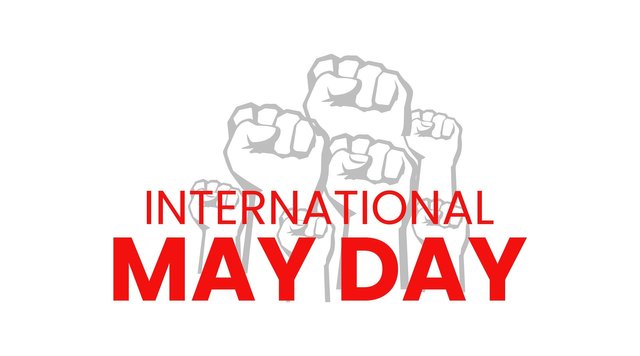For years and decades, there have been various meanings, celebrations, and depictions of May Day. The importance of seasonal changes is of paramount importance in different countries. May 1, is a quarter day of the four ancient Celtic crosses, an astronomical holiday because it lies between the equinox of March and the solstice of June. Derived from the Kelt name "Beltane", Beltane was a spring festival that included dances, songs, special bonfires, entrance doors, and animals adorned with yellow mayflowers and ribbons. During this time, people from various communities around Ireland visited a special fountain, and it was believed that Betan dew would bring beauty and youth to those around it.
In the Middle Ages, an English village had a house with a Majalos to happily celebrate May Day. The villagers went into the woods and found the Majalos in the town. With the different sizes of Majalos, the villages competed with each other for the largest. People danced around them because Paul symbolized the fertility of men and baskets and garlands symbolized the fertility of women.
In the 19th century, May Day took on a new meaning. May Day has also become known in the United States as International Workers'Day and 8-hour Workers' Day for Workers' Rights. As time passed, different cultures created their own traditions according to their beliefs. Europeans and Americans celebrate May Day with garlands, Majalos dance, and the creation of flower baskets for sharing with loved ones. In Hawaii, May Day is known as "Ray Day". This is a celebration of the spirit of Aloha and the gift of flowers. What better way to celebrate than to celebrate with the people you love!
Happy May Day

Image Source: https://pixabay.com/illustrations/may-day-labor-day-workers-day-7130106/